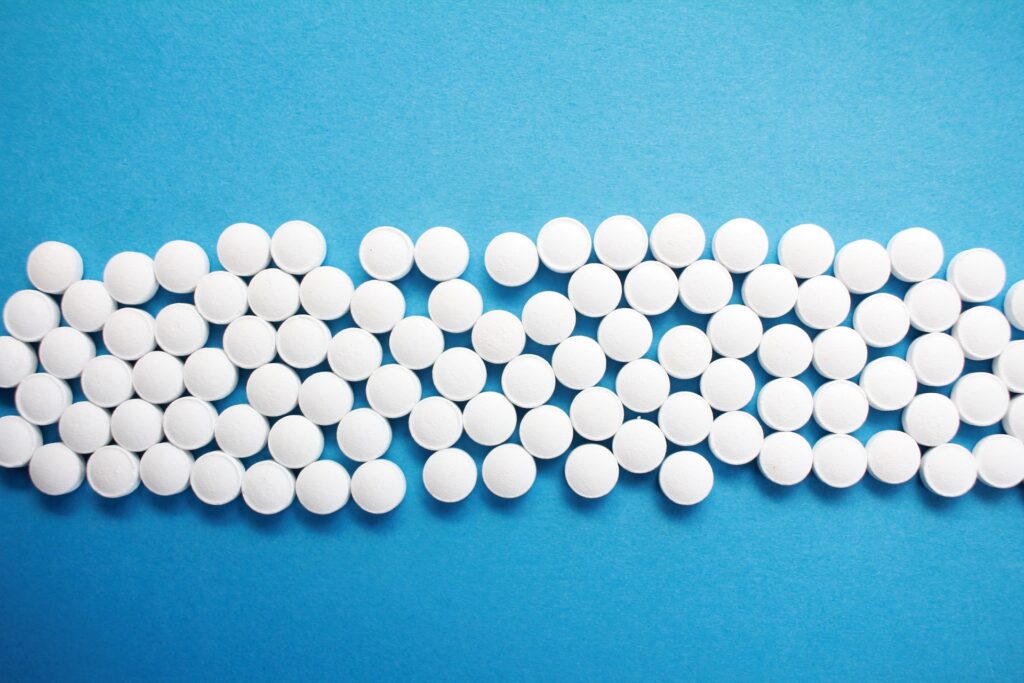Additive manufacturing (AM) is taking the pharmaceutical industry by storm. Also known as 3D printing, this production method transforms how manufacturers produce powerful patient medications, with the help of industrial ovens designed for drying pharmaceutical tablets—a critical step in the production processes. If you’re a manager at a pharmaceutical company, 3D printing can help you create a competitive advantage by boosting the quality and efficiency of your tablets. Trust me. If you’re not using additive manufacturing at your facility, your competitors probably are.
Using AM for manufacturing tablets makes sense. AM offers you a combination of advantages conventional tablet production methods can’t offer. Plus, it eliminates many disadvantages of conventional tablet production—all while providing you flexibility and ease of design. In short, it gives you tighter control of the production processes. With 3D printing, you can tailor medications to the needs of individual patients and create medications with precise dosages—boosting tablet quality, increasing production efficiency, and reducing development time.
Drying Pharmaceutical Tablets is Critical
Drying pharmaceutical tablets, however, is a critical step in the process. It’s also among the biggest challenges that manufacturers face with 3D printing. A necessary post-production step, drying is often a final production operation. But it’s also something you can’t take lightly. Controlling and adjusting moisture levels with a production oven ensures product stability and safety. It also helps maintain the integrity of active ingredients and protects against tablet contamination. So, what does the drying process do?
Drying removes water or other solvents from a solid, semi-solid, or liquid. The heat from the industrial oven dries the materials and eliminates vapors from the process at the end of the drying cycle. Removing vapors is a necessary step in this 3D printing process. Water is among the most common types of solvent you can extract from intermediate and finished pharmaceutical products. This effort’s effectiveness is crucial in achieving product quality and process efficiency.
Industrial Ovens: Crucial in Drying Pharmaceutical Tablets
Drying is a time-consuming process requiring specialized expertise and the right equipment. The industrial oven types described below can help you beat the drying challenge by providing precise temperature and humidity control:
- Convection — These ovens combines low heat with a fan to move the air. That crucial to drying a sample. The ovens provide uniform heat distribution and are less sensitive to part shape and position than radiant heating ovens. They are also flexible, easily controllable, and well-suited for drying samples.
- Infrared — These ovens are among the most efficient dryers available. Less cost-effective than other ovens, these units transfer heat quickly at higher temperatures. Transferring heat by radiation directly to the sample’s surface speeds up the process and generates superior results. Hybrid ovens combine convection and infrared technologies and are especially effective for drying applications.
- Batch — Available in various shapes and sizes, batch ovens are ideal for drying large quantities of products. Heated by electrical elements or burners (directly or indirectly), these ovens release gases trapped in pharmaceutical products that cause tablet deterioration. The ovens offer the advantage of faster delivery and reduced costs when drying samples.
- Continuous — Designed for continuous processing, these conveyor ovens are versatile, automated, reliable, and consistent. They’re known for delivering superior air temperature uniformity, making them well-suited for drying applications. Thanks to their conveyor belt design, you can easily add them to production or assembly lines. These ovens offer the lowest operating costs compared to batch ovens.
- Vacuum — These ovens provide superior control of treatment processes and atmospheric pressure in the heating chamber for removing contaminants. They stop oxidation and control surface reactions in the chamber by eliminating oxygen. The ovens conduct this process at a lower temperature, which works well for drying pharmaceutical tablets.
- Cleanroom — These ovens are ideal for clean environment for pharmaceutical manufacturing. They use HEPA filters to prevent environmental and air pollutants like dust, microbes, and vapors from coming into contact with a sample. Available in various sizes and configurations, they meet specific temperature and cycle requirements and often come with stainless steel interior and exterior, allowing easy cleaning.
Drying Pharmaceutical Tablets Requires Special Equipment
Drying pharmaceutical tablets is a challenging process that often requires particular expertise and equipment. Industrial ovens are ideal for drying pharmaceutical tablets—a critical step in the process. These ovens provide precise temperature and humidity control, customized parameters to optimize the drying process, and tighter control of the pharmaceutical production process. Experienced industrial oven manufacturers can provide custom designs to fit your specific need.
Still evolving, 3D printing has enormous potential for pharmaceutical production. It can transform your business by providing high-quality medications while cutting manufacturing costs. AM also lets you create bespoke medications based on individual patient physiology, pharmaceuticals with unique, personalized dosages, and multiple drugs in one tablet. Simply put, 3D printing can provide the competitive advantage you need to separate yourself from the pack.
Want to know more about how production ovens can boost quality and efficiency in your pharmaceutical business? Then contact our technical team for assistance. We are here to help you maximize efficiency and achieve the highest quality standards in your industry.
Photo by Hal Gatewood on Unsplash






